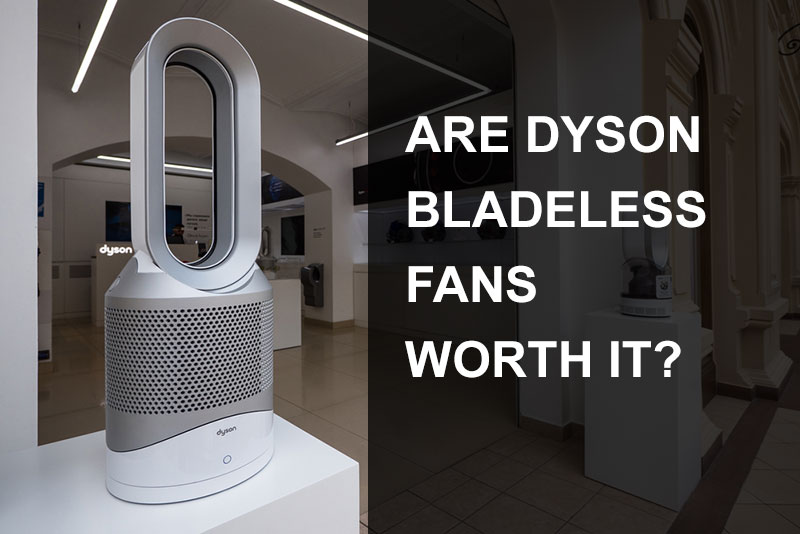The United Kingdom is renowned for its unpredictable weather, which can often result in rain-sodden clothes with no sun in sight to help dry them. For those without a tumble dryer, an alternative, cost-effective method to dry clothes might be right in your living room: a fan. But, does it really work? In this article, we examine whether a fan can effectively dry clothes and if it is indeed a cheaper, viable alternative to the tumble dryer.
How do you dry clothes faster under a fan?
Effective Fan Use for Drying Clothes
Placing wet clothes in the path of a fan can indeed speed up the drying process. The concept revolves around the principle of evaporation. The fan’s wind helps to disperse the moisture away from the clothes, increasing the rate of evaporation and thus, drying the clothes faster.
However, for optimal results, it’s important to follow these steps:
- Hang your clothes in a way that exposes as much surface area as possible. This allows the fan’s air to reach more of the wet material.
- Position the fan at a reasonable distance away from the clothes. If it’s too far, the wind won’t reach; if it’s too close, it could knock over the clothes.
- Make sure the room is well ventilated. Opening a window can help to dissipate the moisture faster.
“The effectiveness of a fan to dry clothes largely depends on the right set-up.”
Is a fan cheaper to run than a tumble dryer?
Energy Efficiency Comparison
Let’s take a look at the power consumption of a typical electric fan and a standard tumble dryer:
| Device | Power Consumption |
|---|---|
| Electric Fan | 40-100 Watts |
| Tumble Dryer | 2000-3000 Watts |
From the data, it’s clear that the electric fan consumes significantly less power than a tumble dryer. Therefore, if you’re drying small amounts of clothes and not in a rush, a fan can be a cheaper alternative to a tumble dryer.

The Schallen 16-inch pedestal fan, available in sleek black, is a versatile cooling solution for various environments, be it homes, offices, garages, or during travel. With adjustable height and fan head angle, it offers customizable comfort to suit your needs. It comes with a user-friendly 3-speed push button control system and is fitted with a UK mains plug for easy installation and use. Boasting a modern design, the fan operates quietly, ensuring minimal disturbance. For safety purposes, it features a mesh safety grill. Despite its advanced functionalities, it requires minimal assembly. To ensure a broad cooling effect, it incorporates an oscillating function and an adjustable tilt head, making it an ideal choice for those looking for a flexible and efficient cooling solution.
Can an electric fan dry wet clothes?
Yes, an electric fan can effectively dry wet clothes. It does this by facilitating the evaporation process, which is the conversion of liquid water into a gaseous state. However, compared to a tumble dryer, this process can be significantly slower, and the results may not be as uniform.
Should you put a wet towel on a fan?
Putting a wet towel directly on a fan isn’t recommended. The dampness could damage the fan’s mechanism or even cause a short circuit. Moreover, this method would not enhance the fan’s ability to dry clothes. Instead, hang the wet towel in front of the fan, allowing the generated wind to speed up the evaporation process.
“Using a fan to dry a wet towel should be done with care to avoid damaging the appliance.”
Do fans remove moisture?
Fans and Moisture
Fans can help move air around a room, which aids in the evaporation process. However, fans do not technically remove moisture. They merely help to circulate the air, reducing the humidity level by allowing the excess moisture to evaporate quicker. For a device to remove moisture, one would need a dehumidifier, which collects and extracts moisture from the air.
Conclusion
In summary, a fan can indeed be used to dry clothes, and it uses significantly less power than a tumble dryer. However, it’s worth noting that while cheaper and practical in certain situations, using a fan will likely take longer and yield less uniform results compared to a tumble dryer. Furthermore, care should be taken when drying items like wet towels to avoid damaging the fan. Finally, while a fan can help in moisture evaporation, it does not remove moisture from the environment, and for that, a dehumidifier would be necessary.
Last update on 2025-02-28 / Affiliate links / Images from Amazon Product Advertising API







